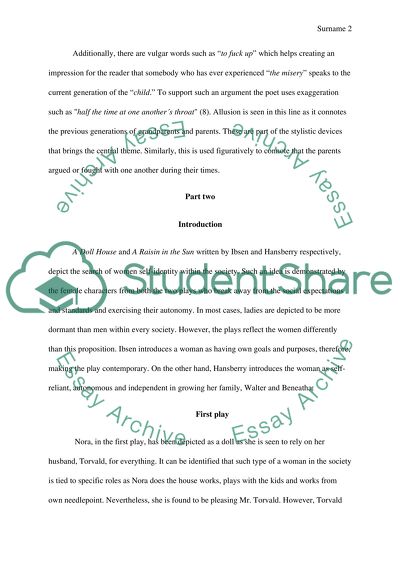Cite this document
(“An analysis of Larkins poem. A Doll House and A Raisin in the Sun Essay”, n.d.)
An analysis of Larkins poem. A Doll House and A Raisin in the Sun Essay. Retrieved from https://studentshare.org/literature/1694219-an-analysis-of-larkins-poem-a-doll-house-and-a-raisin-in-the-sun
An analysis of Larkins poem. A Doll House and A Raisin in the Sun Essay. Retrieved from https://studentshare.org/literature/1694219-an-analysis-of-larkins-poem-a-doll-house-and-a-raisin-in-the-sun
(An Analysis of Larkins Poem. A Doll House and A Raisin in the Sun Essay)
An Analysis of Larkins Poem. A Doll House and A Raisin in the Sun Essay. https://studentshare.org/literature/1694219-an-analysis-of-larkins-poem-a-doll-house-and-a-raisin-in-the-sun.
An Analysis of Larkins Poem. A Doll House and A Raisin in the Sun Essay. https://studentshare.org/literature/1694219-an-analysis-of-larkins-poem-a-doll-house-and-a-raisin-in-the-sun.
“An Analysis of Larkins Poem. A Doll House and A Raisin in the Sun Essay”, n.d. https://studentshare.org/literature/1694219-an-analysis-of-larkins-poem-a-doll-house-and-a-raisin-in-the-sun.


